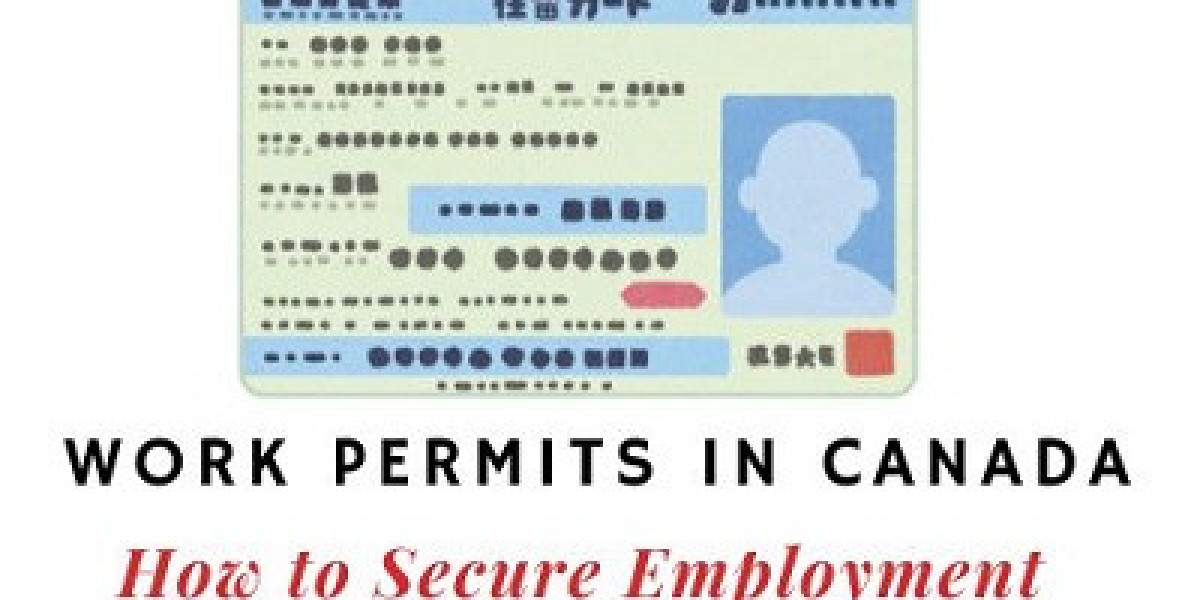Canada continues to be one of the top destinations for skilled professionals seeking work opportunities and permanent residency. Securing a Canadian work permit is a critical step toward working and settling in Canada. Here's a comprehensive guide on how to navigate the process in 2024:
Types of Work Permits in Canada
1. Employer-Specific Work Permit: Tied to a specific employer, this permit requires a positive Labour Market Impact Assessment (LMIA), proving the need for a foreign worker.
2. Open Work Permit: This permit allows you to work for any employer in Canada without needing an LMIA. It is ideal for spouses of skilled workers or students and individuals under special programs.
Key Steps to Securing a Work Permit
1. Determine Eligibility: Ensure you meet the requirements for either an employer-specific or open work permit. This includes proving qualifications, experience, and language proficiency.
2. Job Offer and LMIA (if required): Find a Canadian employer willing to hire you. If an LMIA is required, your employer must first receive approval from Employment and Social Development Canada (ESDC) to demonstrate that hiring a foreign worker won’t negatively impact the local job market.
3. Submit Work Permit Application: Apply online or via a paper application, providing necessary documents such as your job offer, LMIA (if required), proof of funds, and medical examination results.
4. Wait for Processing: Processing times vary depending on your country of residence. Biometrics may also be required.
5. Receive Your Permit and Begin Work: Once approved, you can enter Canada and begin your job. Some permits may be issued at the border, depending on your nationality.
Also Read: Guide to Canada Work Permit
Key Work Permit Programs in 2024
- Temporary Foreign Worker Program (TFWP): This program addresses Canada's labor shortages by allowing employers to hire foreign workers. It often requires an LMIA.
- International Mobility Program (IMP): Does not require an LMIA and includes categories like intra-company transferees and workers under trade agreements like CUSMA.
- Global Talent Stream (GTS): Aimed at highly skilled tech workers, offering expedited processing (as fast as two weeks).
- Post-Graduation Work Permit (PGWP): For international students who graduate from eligible Canadian institutions, allowing them to work and gain Canadian experience.
Pathways from Work Permit to Permanent Residency
Many foreign workers use their work experience in Canada to apply for permanent residency (PR) through programs like:
- Express Entry: The most popular pathway, where skilled workers can apply for PR after gaining Canadian work experience.
- Provincial Nominee Program (PNP): Provinces nominate workers with the skills needed in their region, providing a fast track to PR.
- Canadian Experience Class (CEC): Designed for those with at least one year of Canadian work experience.
Pro Tips for 2024
- Target In-Demand Jobs: Focus on sectors experiencing labor shortages, like tech, healthcare, construction, and agriculture.
- Stay Updated on Policy Changes: Canada regularly updates its immigration policies, so stay informed about Canadian immigration news, and opportunities or changes to work permits.
- Consult an Immigration Expert: Navigating work permits can be complex. Working with certified immigration consultants in India can help ensure a smooth process.
By following these steps and staying proactive, you can secure employment in Canada and open doors to permanent residency in 2024.



